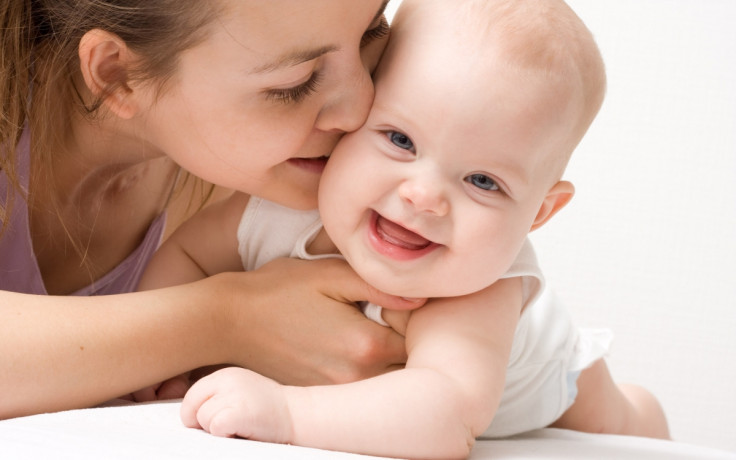Infant Hair Gives Clues to 'Hormone Environment' Inside Womb

Scientists have for the first time used infant hair to examine the hormonal environment to which the foetus was exposed during development.
Researchers at the University of Wisconsin-Madison studied rhesus monkeys to reveal the womb environment in which an infant developed. The findings have given an insight into the "maleness" and "femaleness" of babies, as well as examining how life in the womb may impact the child's risk of chronic disease later in life.
Christopher Coe, a professor of psychology at the university, explained the discovery: "We had this 'A-ha!' realisation that we could use hair in newborns, because it starts growing one to two months before birth. It provides a glimpse of the prenatal hormone environment."
The hair closest to the scalp gives the most recent information but further down the hair shaft, an individual's hormonal timeline can be traced.
For a noninvasive study, researchers took small samples of hair from several mother rhesus monkeys and their infants. After the hair was cleaned, it was pulverised into a fine powder and the hormonal signature read using a new mass spectrometry method. Mass spectrometry is an analytical technique that produces specra of the masses of the atoms or molecules comprising a sample of material.
To find out if there were differences in the hormones of infant born to younger, first-time mothers, in comparison to more experienced mothers, the team compared monkey mothers equivalent in age to 15-year-old humans to older monkeys. The older primates were similar in age to pregnant young adults.
In the study, researchers found that cortisone, an inactive form of cortisol, was higher in young mothers and in their babies than in the hair of older mothers and their infants.
Babies born to young mothers also had higher levels of estrone, which is a form of estrogen. The testosterone in their hair than that of babies born to older mothers and levels of both these hormones were surprisingly similar between male and female infants.
These differences could impact "maleness and femaleness" of the babies, researchers found. The higher exposure to these steroid hormones during foetal development leads to a more pronounced gender difference in behaviour later in life.
Amita Kapoor, first author of the study and former postdoctoral researcher, added that what happens to a developing foetus while in the womb may be a clue to its susceptibility to chronic diseases later in life.
She told the Business Standard: "Type 2 diabetes, metabolic disease, coronary artery disease, psychiatric disorders - there may be a whole host of long-term repercussions of stress in utero."
The study was published in the journal Pediatric Research.
© Copyright IBTimes 2025. All rights reserved.






















